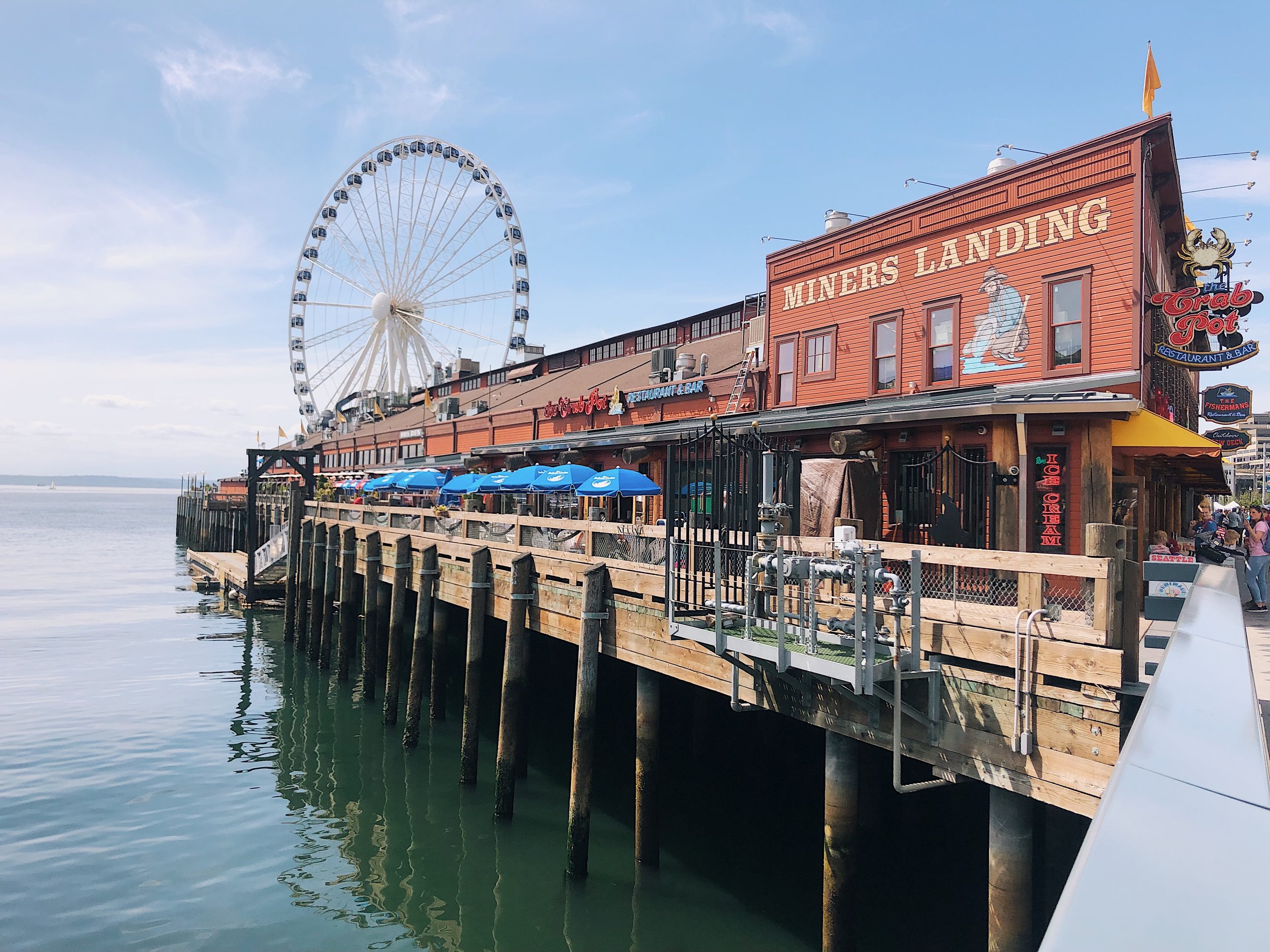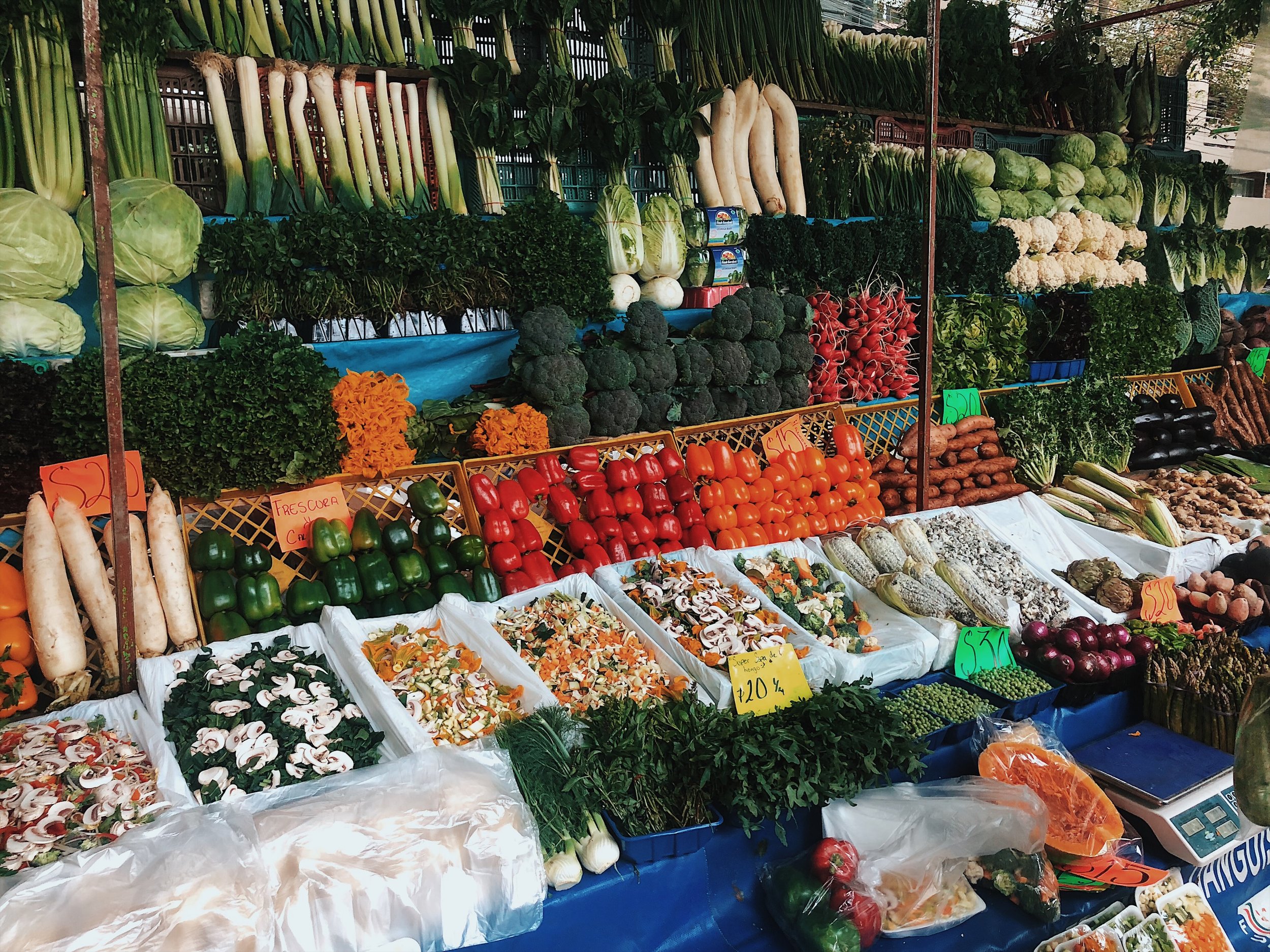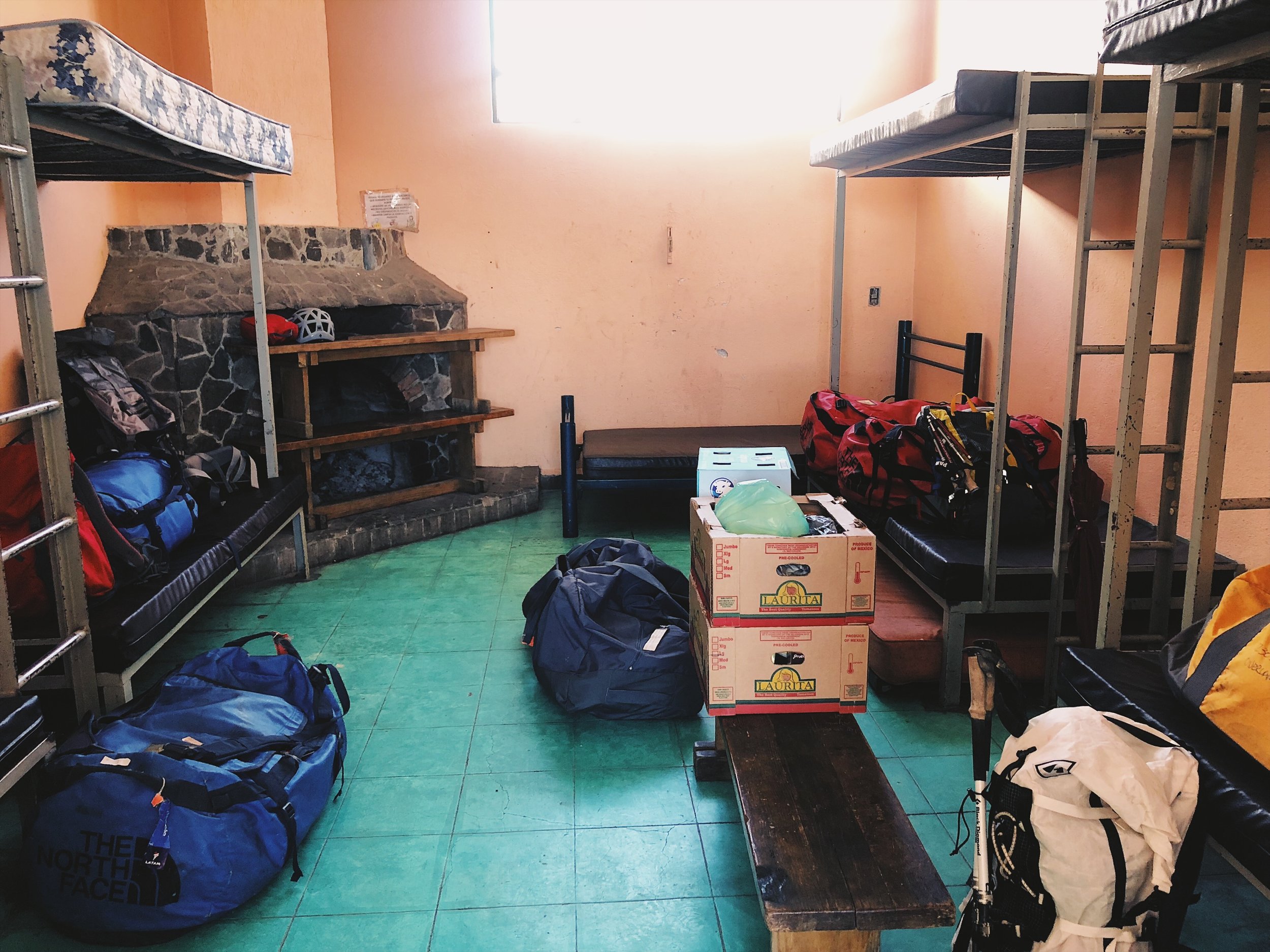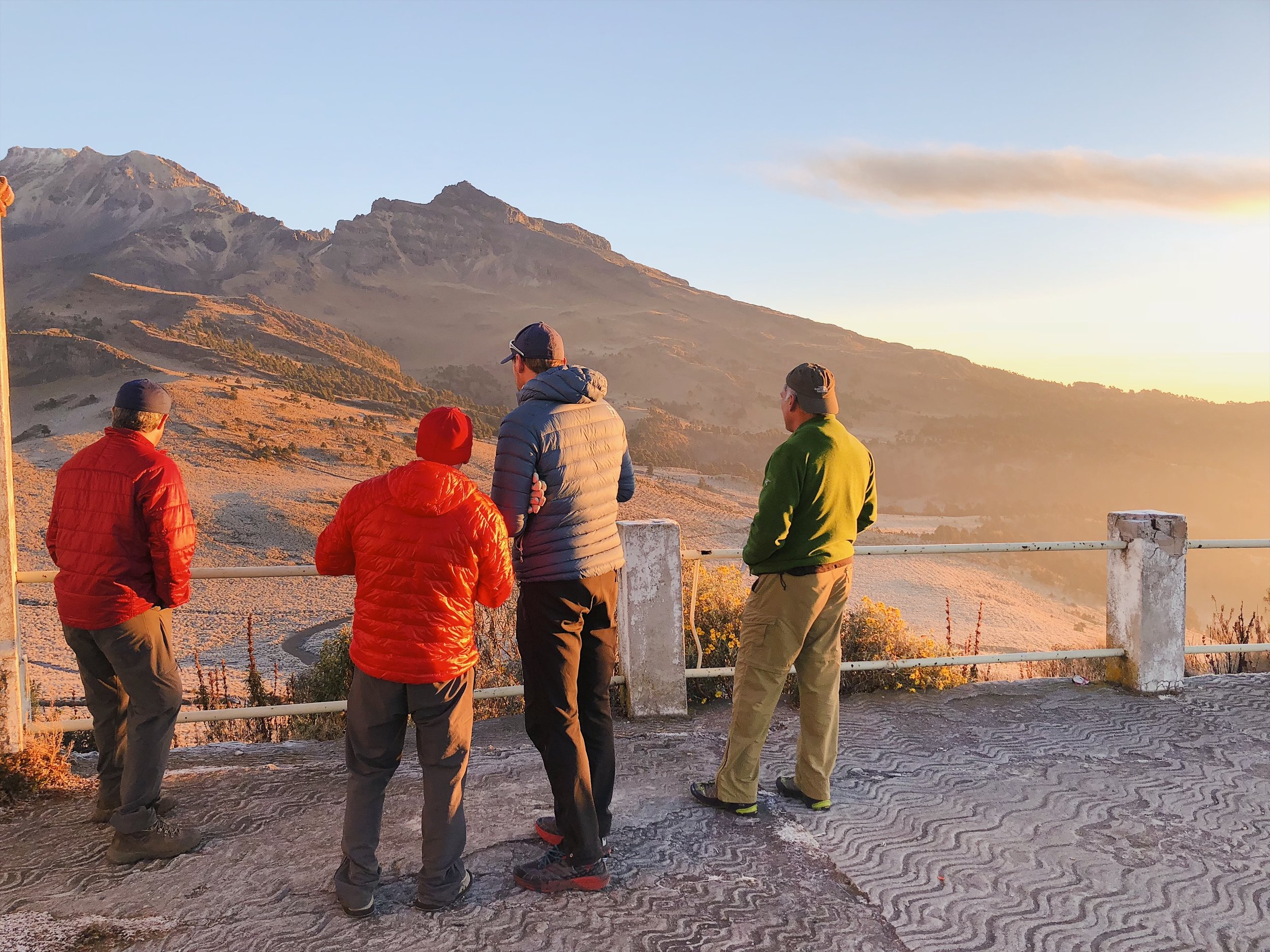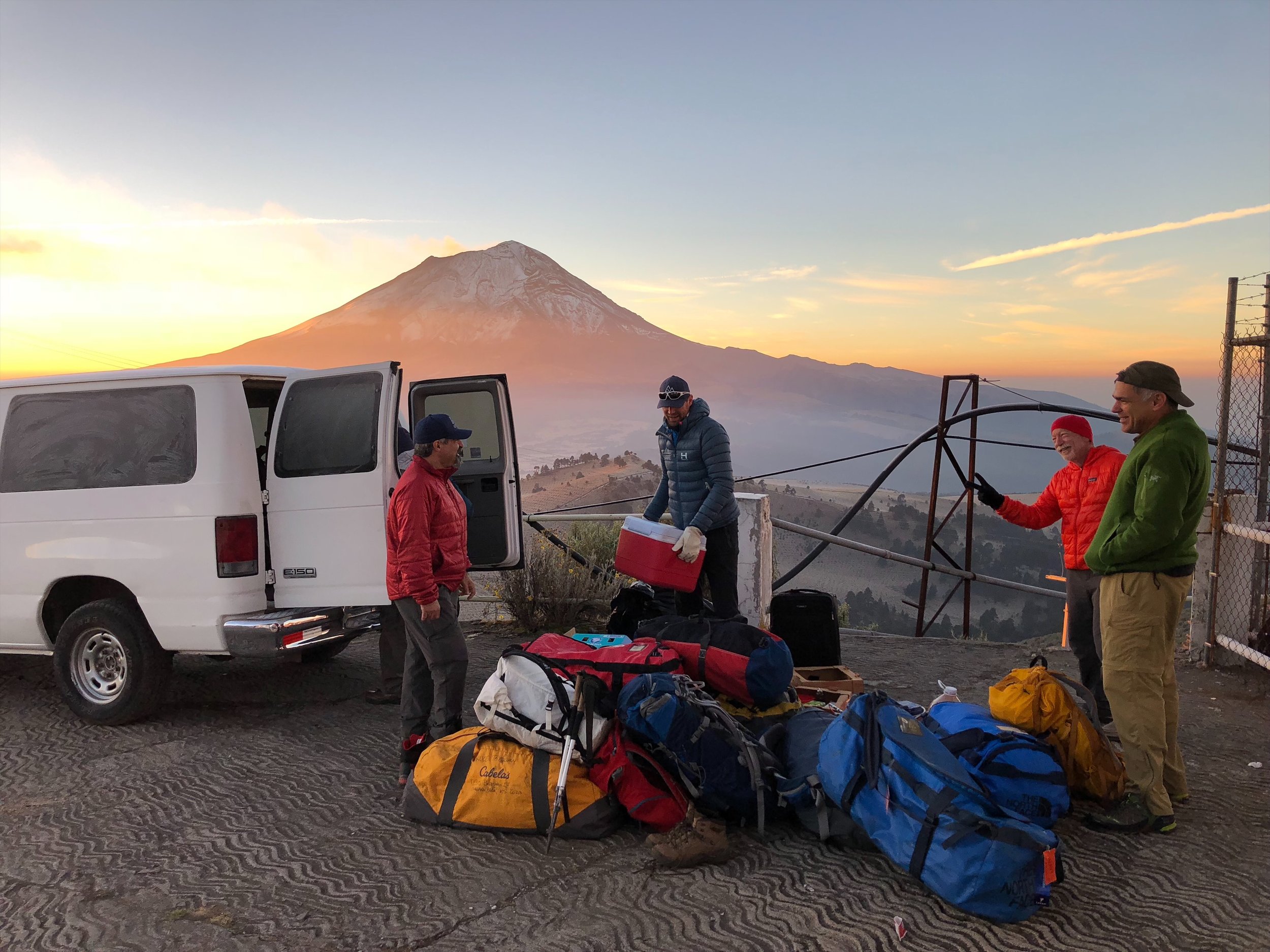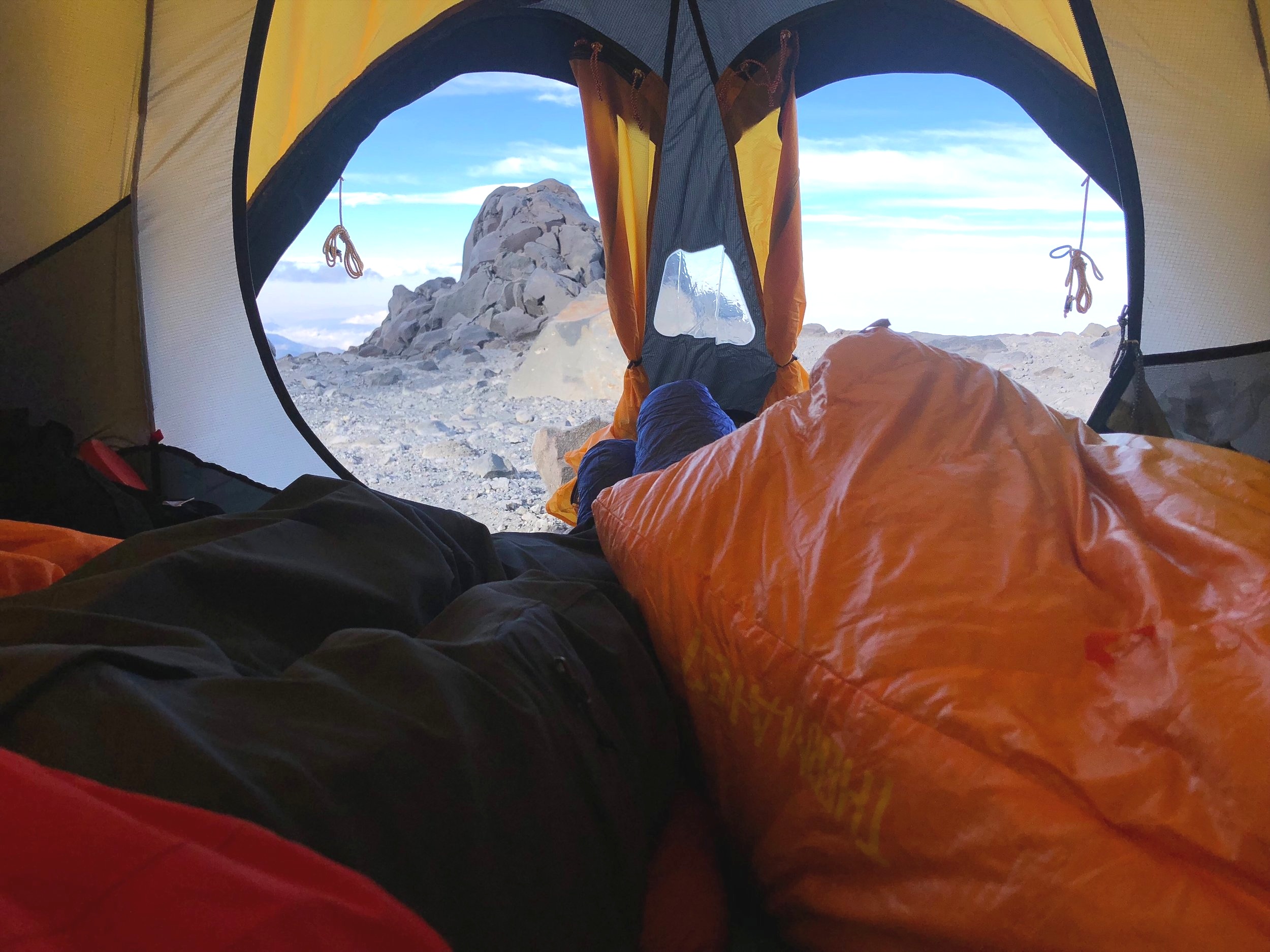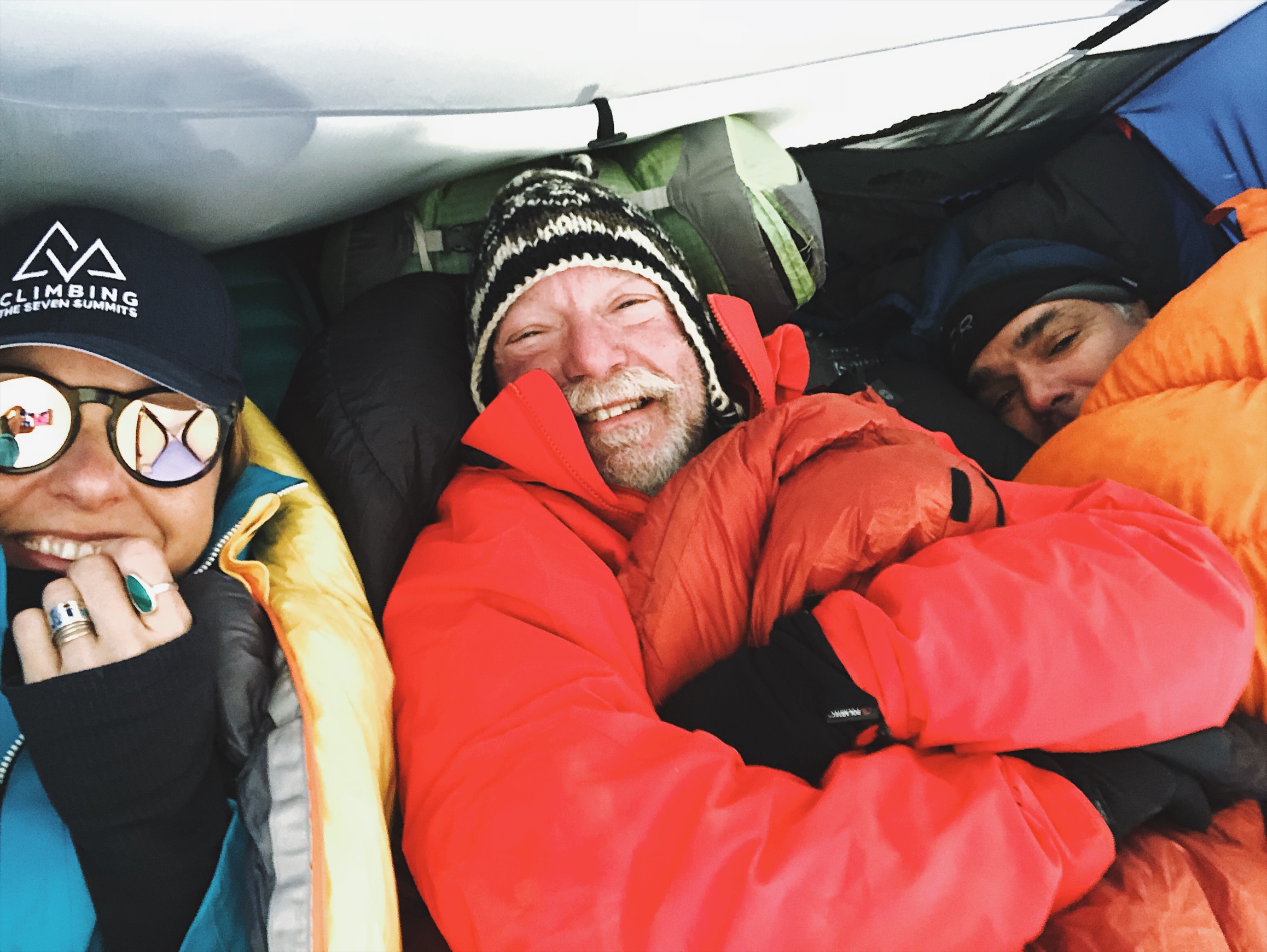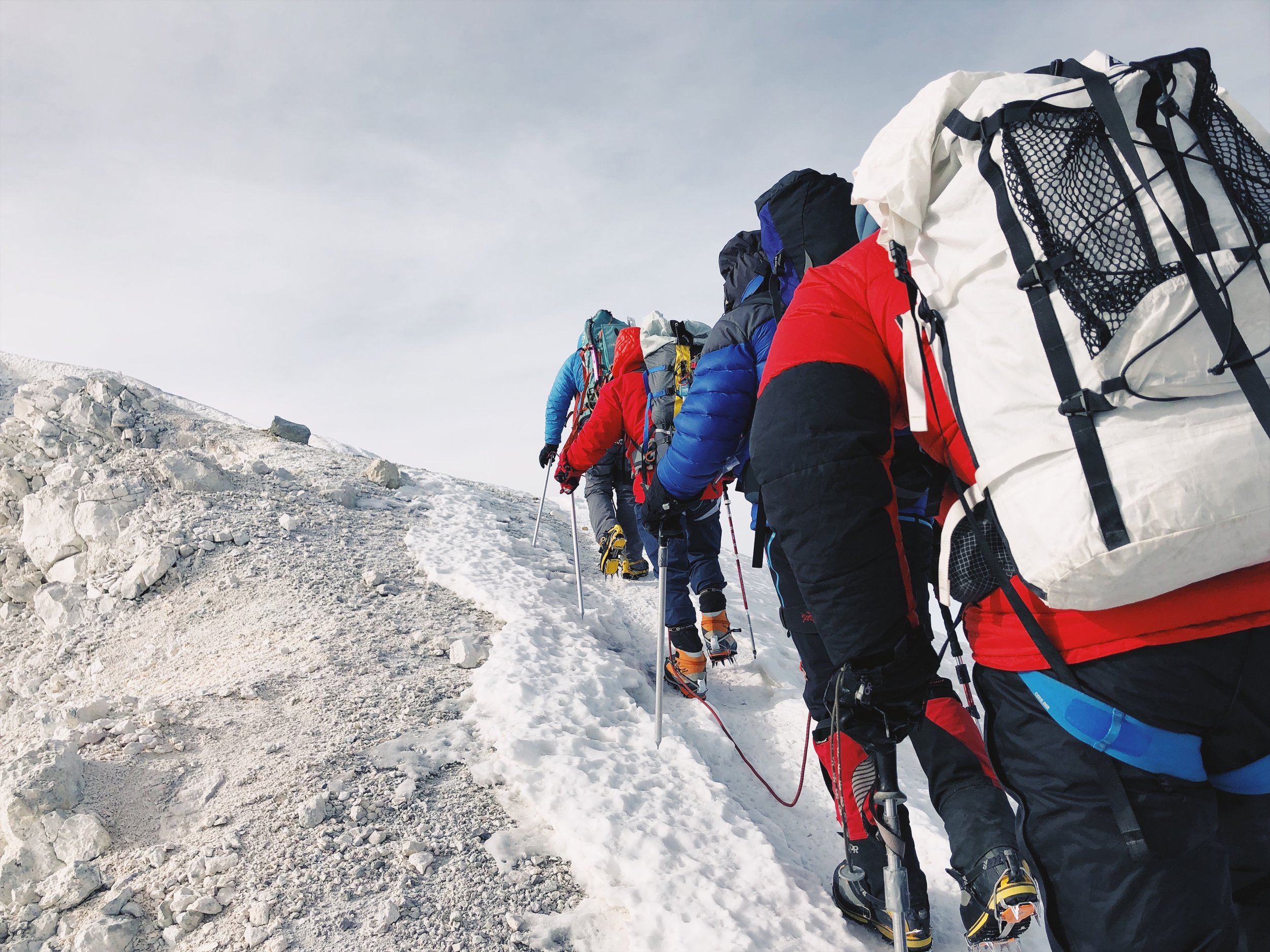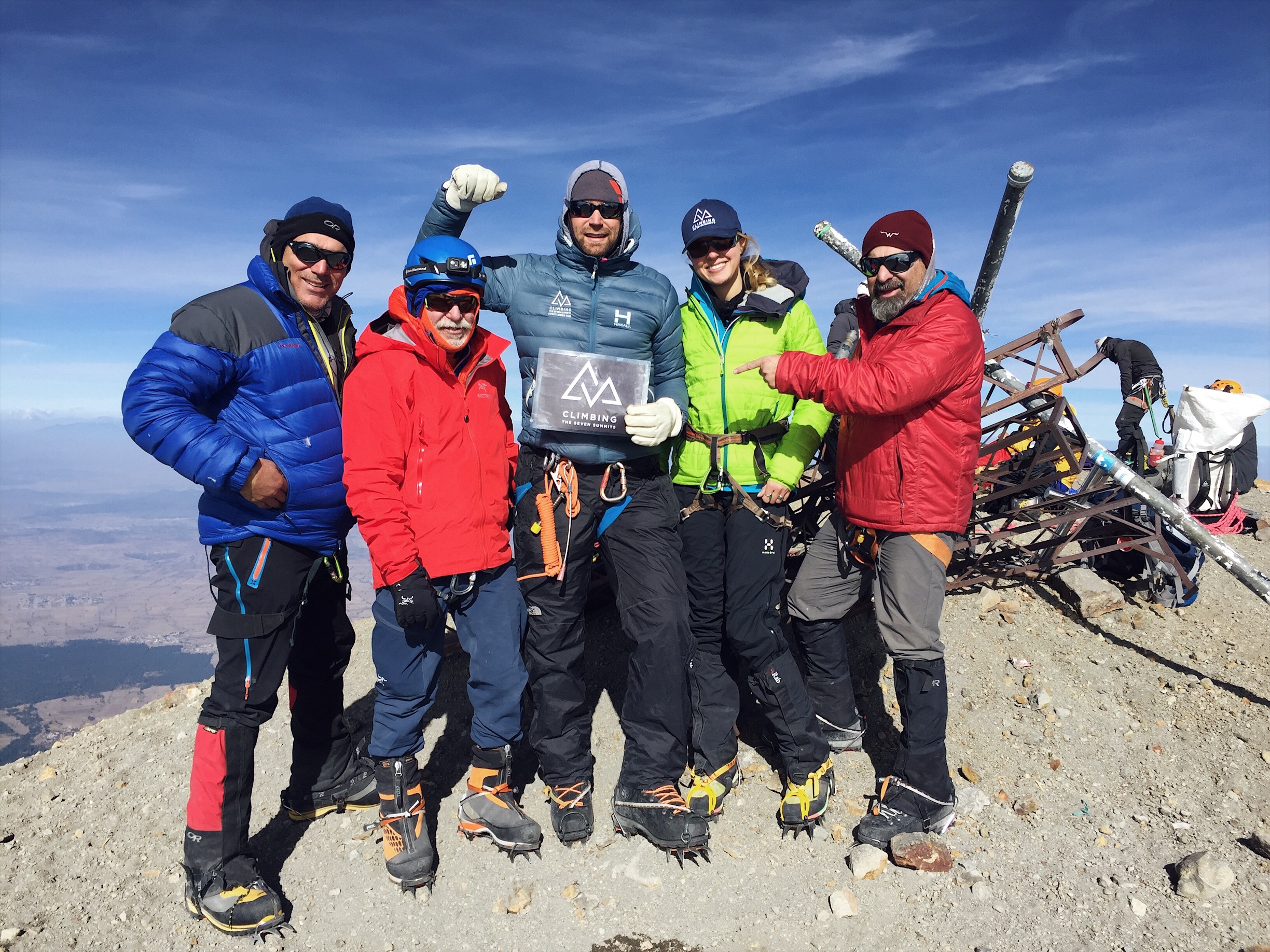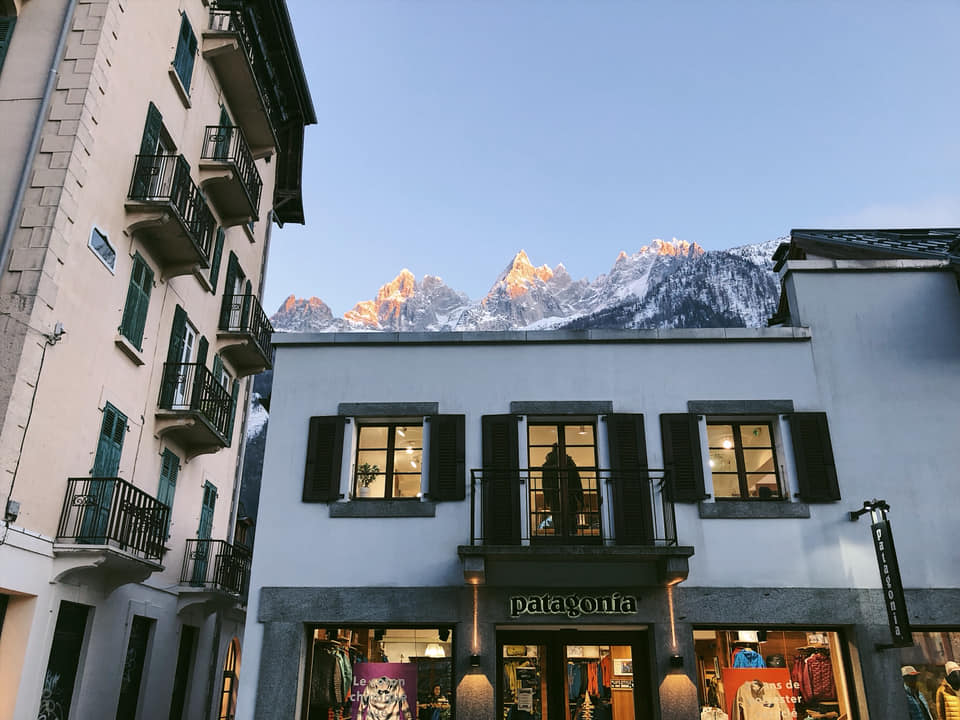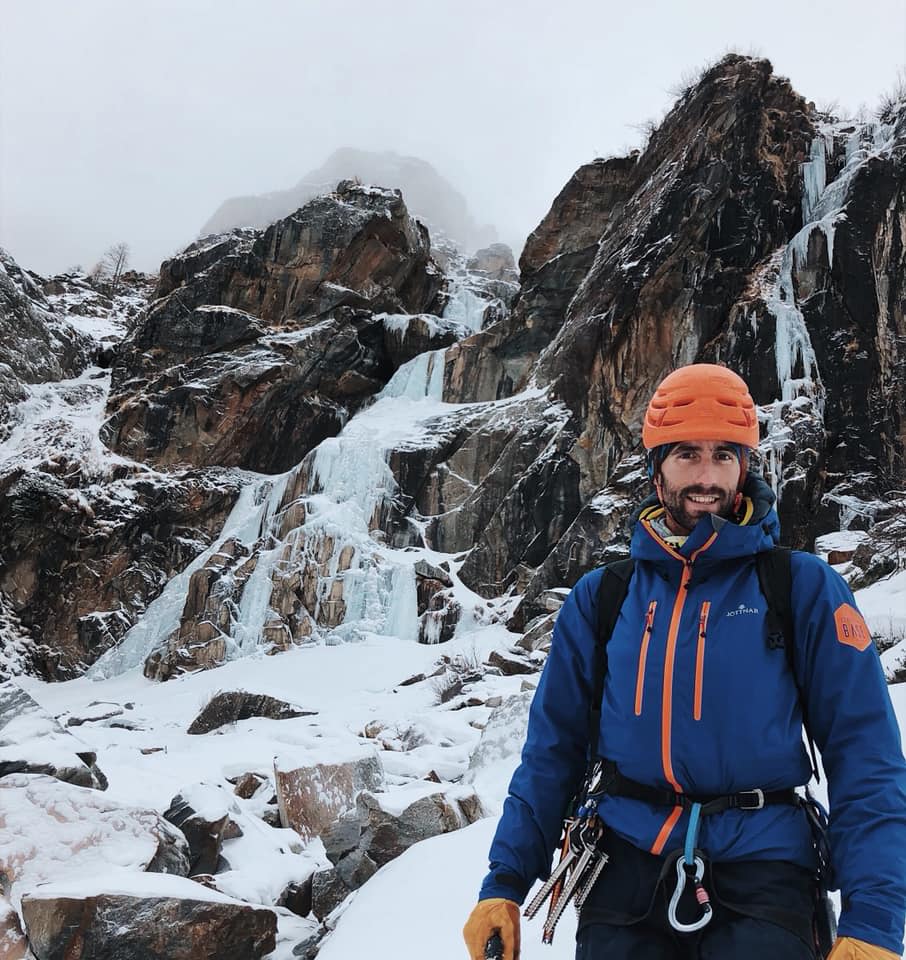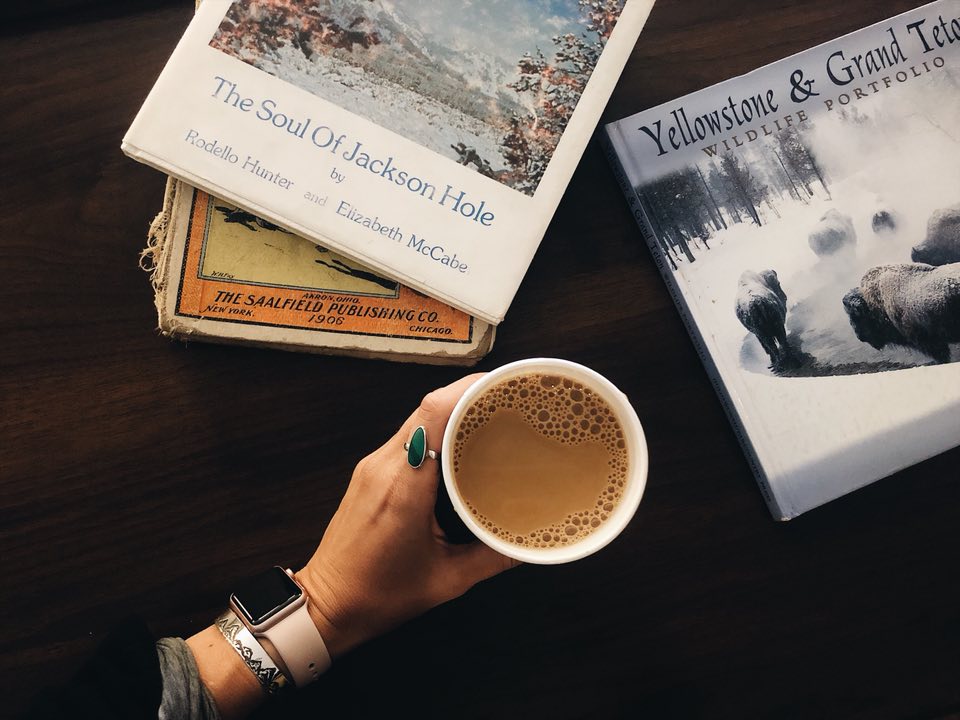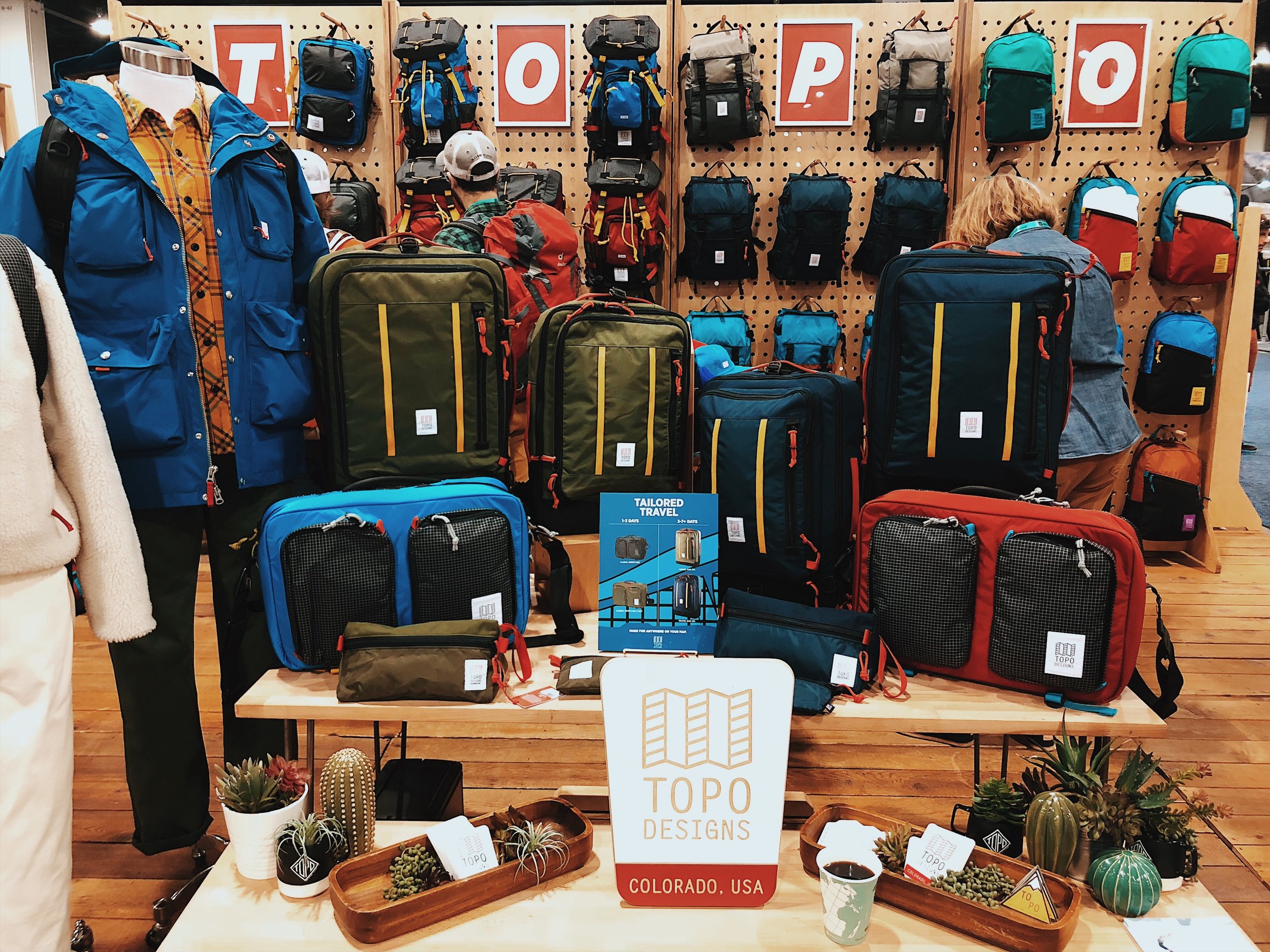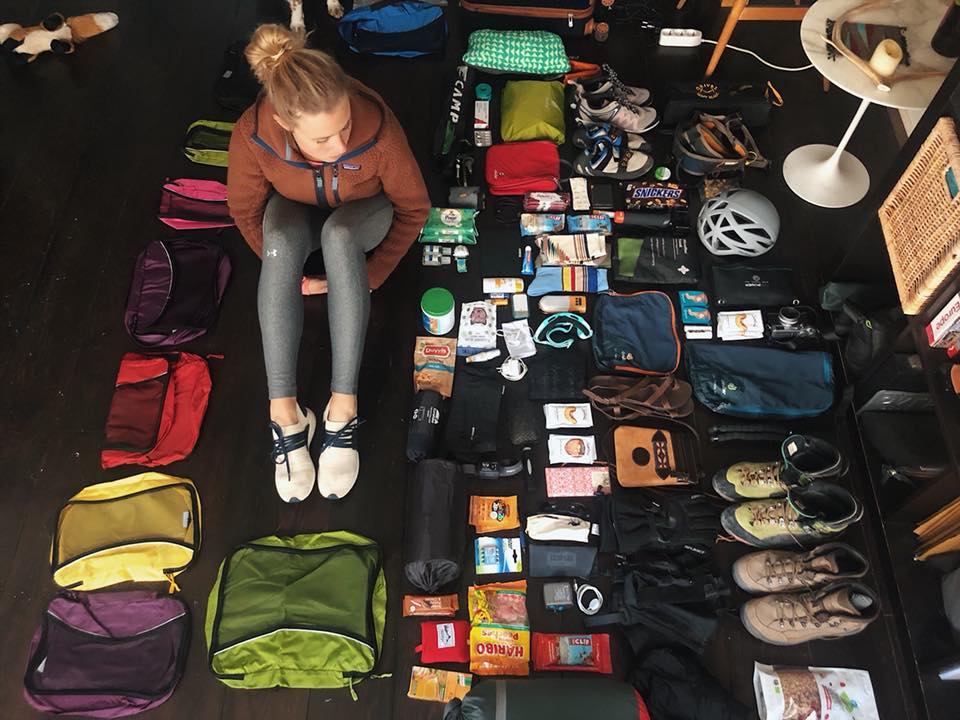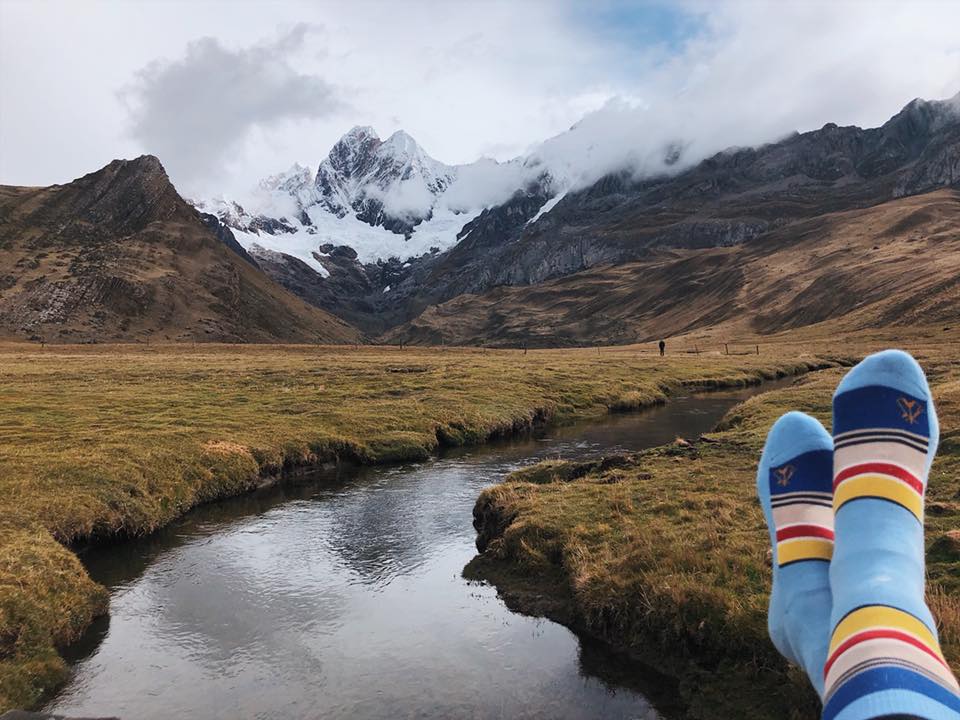When I arrived home, jet lag had hardly even had a chance to wear off before I found myself reflecting on the trip, what we had accomplished, and feeling grateful for the incredibly inspiring group of friends I had made over the week.
…and as if you didn’t see this coming already: not one day later, I almost involuntarily found myself emailing the team to get the details on Everest.
What can I say: wild places, high peaks, and the incredible people they attract have an uncanny ability to infect, and not go away. I’ve caught the disease.
See you guys on Everest. *
(*Camp 2 or 3, I’m not insane enough (yet) to try and summit).
***
I leave you with these final words from Chris Kalman’s Climbing Manifesto, first published in Outdoor Journal in May 2018:
Don’t tell me how hard you climb. Tell me how you plan to change the world.
How can you use climbing as a tool to be a better human?
How can you take the minimalism of “fast and light” and apply it to your own consumptive life?
When you travel to climb, how will you make it worth the carbon footprint?
When you write about a place, how can you protect it from exploitation?
What can you do to improve the lives of others less fortunate?
How can you fight to protect the public lands where you recreate?
How can you fight to honor and vindicate the indigenous peoples those public lands were stolen from?
When you buy climbing equipment, don’t buy from anyone that engages in business practices that don’t align with your values. Your money is your mouthpiece. It’s your vote. Don’t shop deals. Shop values. Buy what sells you peace of mind.
When you consume climbing media, don’t consume anything that doesn’t align with your values. Clicks are dollars. Your attention is your pocketbook. If you think it is stupid, counter-productive, infantile, distracting, or simply banal, Do Not Click. Read something by an author that speaks to you. Educate yourself about something important. Sign a petition you care about. Donate to a charity you believe in. Don’t work on a climb. Work on learning to maximize your time.
When you go climbing, do it for pure reasons. Don’t spray. Don’t humble brag. Don’t overshare. Don’t hashtag because you’re starved for attention. Don’t play it cool. Don’t self-aggrandize. Don’t talk about numbers, period. Quit worrying about the size of your gut. Don’t be a dick. Don’t be a hypocrite. Don’t be a cynic. Don’t hate. Don’t be someone else. Don’t even measure up against someone else. Just be yourself. Be proud but not prideful. Try hard but don’t cuss. Be brave, not stupid. Be who your mom and dad taught you to be. Don’t be an ambassador of a brand, be an ambassador of humanity. Be respectful of the land.
Don’t stop climbing, just because it’s pointless. Don’t quit trying, just because it doesn’t matter. Everything matters. Cultivate passion. Work on your work ethic. Play because you can. Laugh. Smile. Smile more. Bring the smile home.
Keep your priorities straight.
Slowing down climate change is a necessity. Racial/gender/sexual equality is a necessity. Fighting fascism, corporate greed, xenophobia, oligarchy, fake news, death of ecosystems, and the longterm destruction of the world in favor of short term financial gains is a necessity.
Climbing is not a necessity.
Climbing is a coping mechanism. Climbing is fuel. Climbing is nourishment. Climbing is a tool.
Hone that tool. But don’t forget what it’s for in the first place.
Bring more equity, tolerance, compassion, and respect into the world.
Leave the world a better place.

